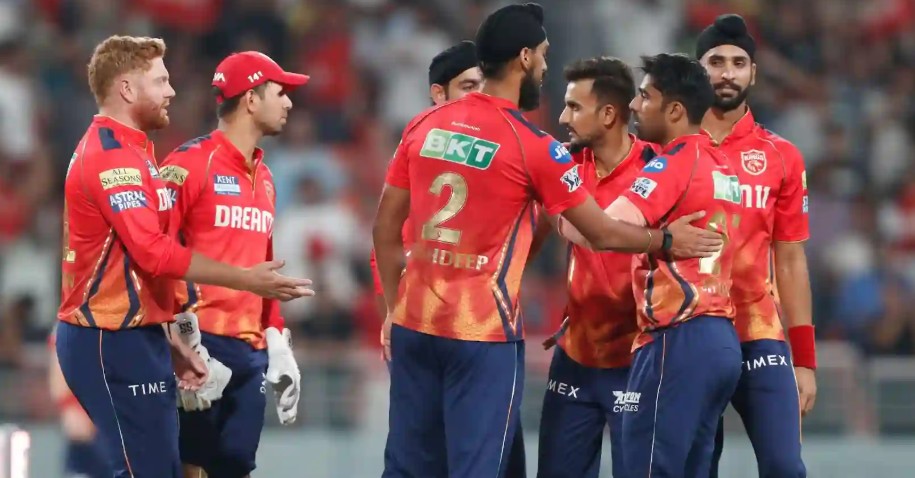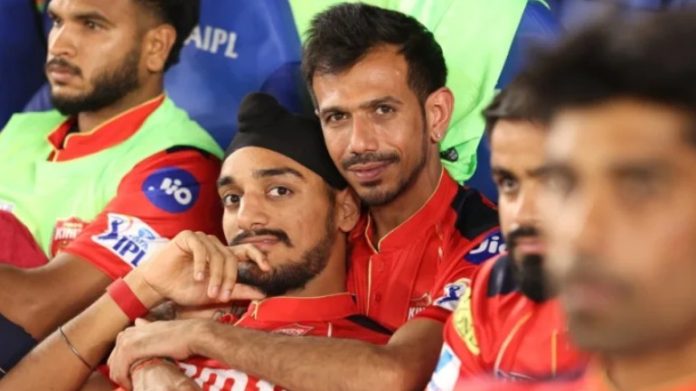The question of whether Arshdeep Singh’s reverse swing or Yuzvendra Chahal’s effectiveness with a drier ball holds greater significance is an interesting one, especially in the context of modern cricket. Both bowlers bring unique skills to the game, and their success depends largely on the playing conditions, opposition, and match situation. While Arshdeep’s ability to reverse swing the ball can be a game-changer in the latter half of an innings, Chahal’s mastery with a drier ball can pose a serious threat to batters looking to attack in the middle overs.
Arshdeep Singh, the young left-arm pacer, has developed a reputation for his ability to swing the ball both ways. While conventional swing is more pronounced when the ball is new, reverse swing becomes a key factor in the later stages of an innings, especially on abrasive pitches. Reverse swing occurs when one side of the ball is kept shiny while the other becomes rough due to wear and tear. This creates an aerodynamic effect that makes the ball move unpredictably in the air, often deceiving batters who expect regular seam movement.
Arshdeep has been working on mastering this art, which is particularly useful in limited-overs cricket where death bowling is crucial. Many fast bowlers struggle in the final overs due to the predictability of yorkers and slower balls, but reverse swing offers an additional weapon. If Arshdeep can consistently produce reverse swing, he can trouble batters even on high-scoring pitches where conventional swing is hard to find. The unpredictability of reverse swing also means that batters have to be extra cautious while playing him in the final overs, making it difficult for them to launch into aggressive strokes.

On the other hand, Yuzvendra Chahal’s effectiveness with a drier ball is equally crucial, particularly in T20 cricket. Chahal, a leg-spinner, thrives when the ball is dry and grips the surface. This allows him to generate more turn, making it challenging for batters to play him freely. Unlike fast bowlers who rely on swing or seam movement, spinners depend heavily on the condition of the ball and the pitch. A dry ball ensures that Chahal can get maximum purchase from the surface, leading to sharp turn and variation.
Chahal’s biggest strength is his ability to outthink batters. When the ball is dry, he can extract more turn, deceive batters with flight, and use his googly to great effect. In modern T20 cricket, where most teams have power-hitters who look to dominate spinners, a bowler like Chahal becomes even more valuable. If he gets a dry ball, he can force batters to take risks, leading to false shots and potential wickets.
Comparing Arshdeep’s reverse swing to Chahal’s effectiveness with a drier ball is difficult, as both skills come into play in different scenarios. Arshdeep is more impactful in the death overs, while Chahal is crucial in the middle overs when teams look to build or accelerate. The conditions also play a vital role—if the pitch is abrasive and assists reverse swing, Arshdeep becomes a major threat. However, on pitches where spinners dominate, Chahal’s ability to exploit a dry ball could be the decisive factor.
The choice between the two often comes down to the match situation. If the game is heading towards a high-scoring finish and a team needs effective death bowling, Arshdeep’s ability to reverse swing the ball might be preferred. Conversely, if the middle overs are crucial in restricting the opposition, Chahal’s ability to deceive batters with a dry ball would be the better option.
Both Arshdeep and Chahal bring immense value to the team, and their contrasting styles ensure that the bowling attack remains balanced. While Arshdeep’s focus on reverse swing adds depth to the pace department, Chahal’s variations make him a key figure in spin bowling. In an ideal scenario, both skills would be utilized effectively in the same game, ensuring that the team has an edge over the opposition in different phases of the innings.
Ultimately, cricket is a game of adaptability. Whether it is Arshdeep’s reverse swing or Chahal’s drier ball, the ability to make the most of the conditions will determine success. Both bowlers must continue refining their craft, ensuring they remain valuable assets for their team in any situation.


